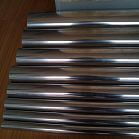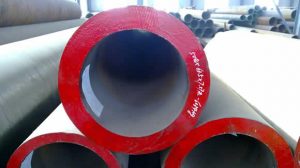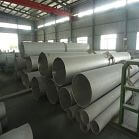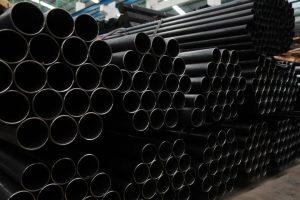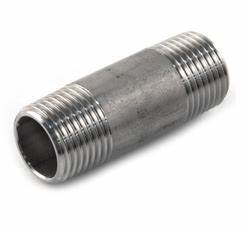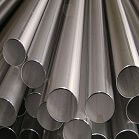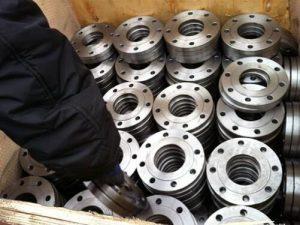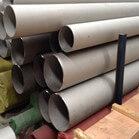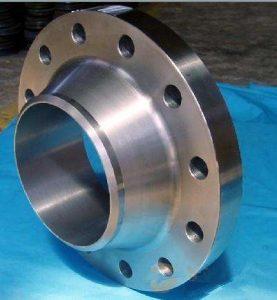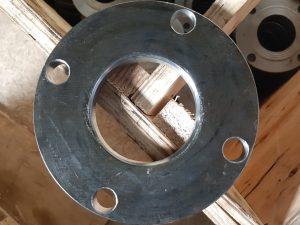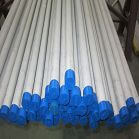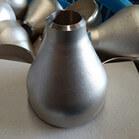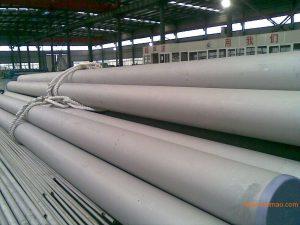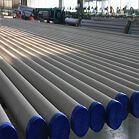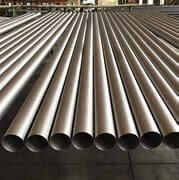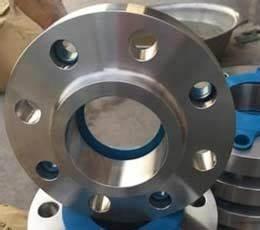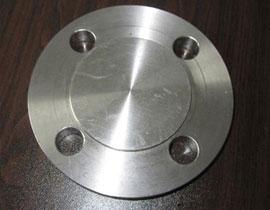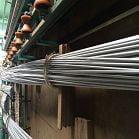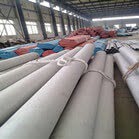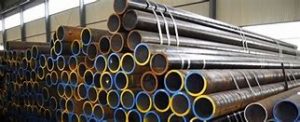Unlocking the Potential of UNS N06625: A Versatile Superalloy for High-Performance Applications
In the realm of advanced materials, UNS N06625, also known as Inconel 625, stands out as a superalloy renowned for its exceptional properties and versatility. With its high strength, corrosion resistance, and heat resistance, UNS N06625 finds wide application in industries ranging from aerospace and marine engineering to oil and gas. In this article, we explore the characteristics, applications, and advantages of UNS N06625. Understanding UNS N06625: UNS N06625 is a nickel-chromium-molybdenum alloy with significant additions of niobium and tantalum, which impart remarkable [...]
ASME B31.1: The Code for Power Piping Systems
In the realm of industrial piping, adherence to standards and codes is paramount to ensure the safety, reliability, and efficiency of piping systems. ASME B31.1, also known as the "Power Piping Code," governs the design, construction, inspection, and maintenance of piping systems in power generation facilities. In this article, we explore the significance, requirements, and applications of ASME B31.1. Overview of ASME B31.1: ASME B31.1 is a widely recognized standard developed by the American Society of Mechanical Engineers (ASME) to address the unique [...]
What’s the material N08825?
N08825 is the material designation for a nickel-iron-chromium alloy known as Incoloy 825. It is a versatile alloy with excellent corrosion resistance in various aggressive environments, making it suitable for a wide range of applications in industries such as chemical processing, oil and gas, and marine. Here are some key features and properties of Incoloy 825 (N08825): Chemical Composition: - Nickel (Ni): 38.0-46.0% - Chromium (Cr): 19.5-23.5% - Iron (Fe): 22.0% min - Molybdenum (Mo): 2.5-3.5% - Copper (Cu): 1.5-3.0% - Titanium (Ti): [...]
What the Incoloy 800 material?
Incoloy 800 (N08800) is widely used in the petrochemical industry for various applications due to its excellent resistance to high-temperature corrosion and oxidation. Here are some common applications of Incoloy 800 in the petrochemical industry: 1. Heat Exchangers and Condensers: Incoloy 800 is extensively used in the construction of heat exchangers and condensers in petrochemical processing plants. These components come into contact with corrosive fluids at high temperatures, and Incoloy 800's resistance to oxidation and corrosion makes it suitable for withstanding such harsh [...]
What’s the Inconel 625 flange fittings?
Inconel 625 is a nickel-based superalloy known for its excellent strength, corrosion resistance, and high-temperature capability. It is often used in demanding applications in industries such as aerospace, chemical processing, and marine engineering. Here are some key features and properties of Inconel 625: Chemical Composition: - Nickel (Ni): 58.0% min - Chromium (Cr): 20.0 - 23.0% - Molybdenum (Mo): 8.0 - 10.0% - Iron (Fe): 5.0% max - Niobium (Nb) + Tantalum (Ta): 3.15 - 4.15% - Titanium (Ti): 0.4% max - Aluminum [...]
What are the specific requirements for seamless steel pipes according to EN 10216-1?
EN 10216 is a European standard that specifies the technical delivery conditions for seamless and welded steel pipes for pressure purposes. It applies to pipes used in pressure applications at high temperatures, as well as in general engineering applications. The EN 10216 standard is divided into several parts, each covering specific aspects of the technical delivery conditions for steel pipes. Here are the main parts of the standard: - EN 10216-1: This part of the standard specifies the general requirements for seamless steel [...]
What’s the difference between 20G and SA210C?
20G and SA210C are both types of alloy steel commonly used in the manufacturing of boilers and heat exchangers. However, there are some differences between the two: 1. Chemical composition: 20G is a carbon steel with a chemical composition of C: 0.17-0.24%, Si: 0.17-0.37%, Mn: 0.35-0.65%, P: 0.025% max, and S: 0.025% max. In contrast, SA210C is a low-alloy steel with a slightly different chemical composition, including C: 0.27-0.35%, Si: 0.10-0.35%, Mn: 0.29-1.06%, P: 0.035% max, and S: 0.035% max. 2. Mechanical properties: [...]
What are some other applications of UNS S32205?
The high tensile and yield strength of UNS S32205 make it suitable for use in applications where high mechanical loads are expected, such as in offshore oil and gas production, chemical processing, and marine environments. The material UNS S32205 is a versatile duplex stainless steel that is used in a wide range of applications across various industries. Here are some other applications of UNS S32205: 1. Desalination plants: The high corrosion resistance of UNS S32205 makes it an ideal choice for use in [...]
What are the differences between API 6A and API 16A flanges?
API flange is a type of flange used in oil and gas industry applications that conform to standards set by the American Petroleum Institute (API). These flanges are typically made from carbon steel or stainless steel and are designed to withstand high pressure and high temperature environments. API flanges come in several standard sizes and pressure classes, including: - API 6A: Used for wellhead and Christmas tree equipment in oil and gas drilling operations. These flanges are available in pressure classes ranging from [...]
What are the key differences between the flange types covered by MSS SP-44?
MSS SP-44 is a standard developed by the Manufacturers Standardization Society of the Valve and Fittings Industry (MSS) that covers steel pipeline flanges. This standard specifies the materials, dimensions, tolerances, and marking requirements for flanges intended for use in high-pressure and high-temperature service in the oil, gas, and petrochemical industries. Here are some key features of MSS SP-44: 1. Materials: The standard covers flanges made from carbon steel, alloy steel, and stainless steel. 2. Flange types: MSS SP-44 covers weld neck, slip-on, lap [...]

